Common Name(s): Koaia, dwarf koa, koa oha
Scientific Name: Acacia koaia
Distribution: Hawaii
Average Dried Weight: 70.5 lbs/ft3 (1,130 kg/m3)*
*Density based on a single sample tested
Janka Hardness: 3,250 lbf (14,460 N)*
*Estimated hardness based on specific gravity
Comments: Koai’a is very closely related to the much more commercially popular koa (Acacia koa). Koai’a grows as a much smaller, more obscure and gnarled tree (it’s sometimes called dwarf koa), not leading itself well to commercial harvesting. Also, the wood of Koai’a tends to be much heavier than koa (the single sample tested here was nearly twice as heavy as koa).
Note: This is a truncated profile page. If you have any helpful info or experience with this wood species, feel free to leave a comment below and I’ll do my best to integrate any relevant data when I expand the page. ~Eric
Images: Drag the slider up/down to toggle between raw and finished wood.
Identification: See the article on Hardwood Anatomy for definitions of endgrain features.
Related Content:

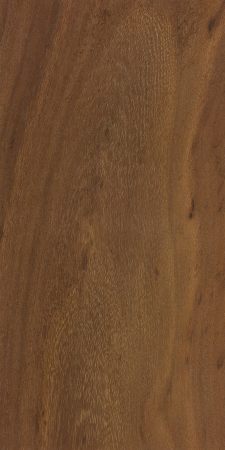
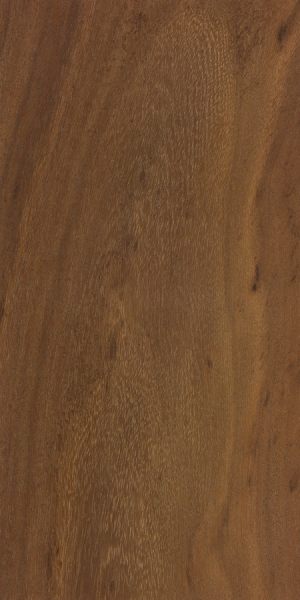
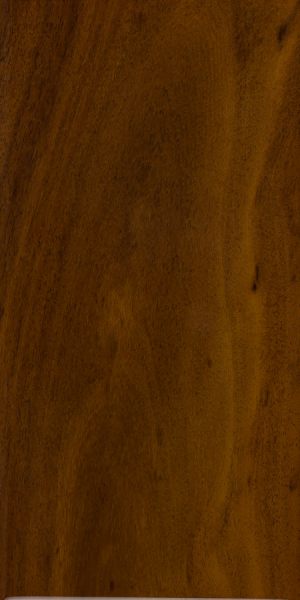
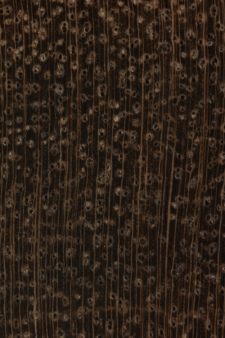

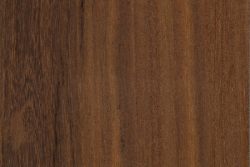
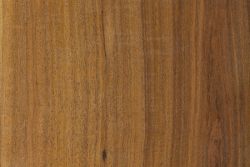
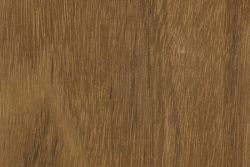
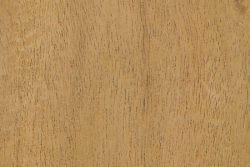
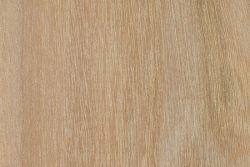
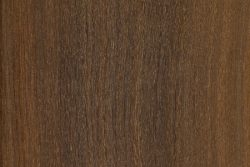
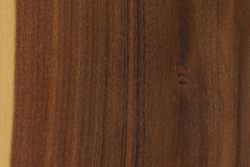
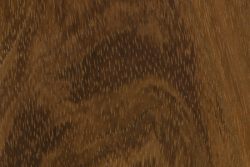
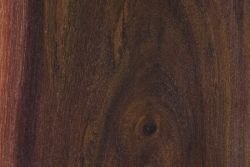
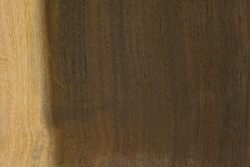
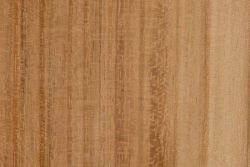
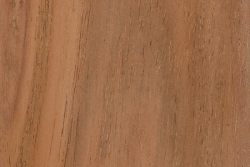
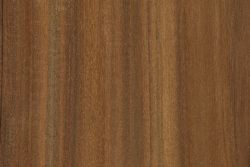
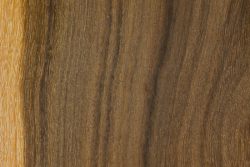
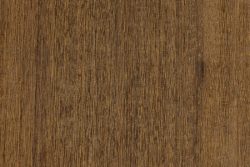
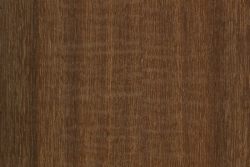
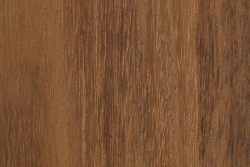
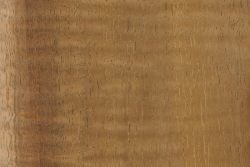
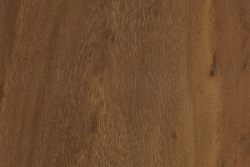
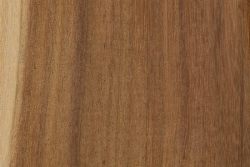
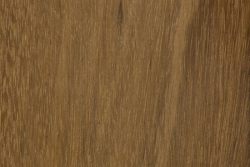
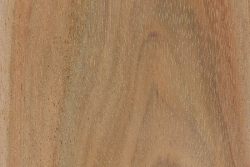
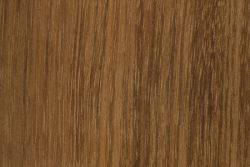
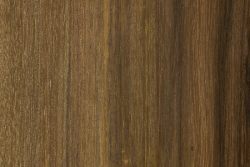
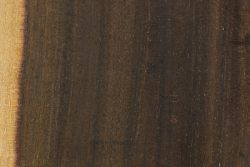
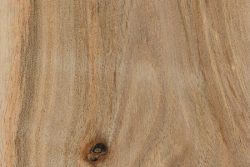
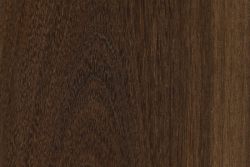
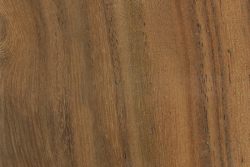
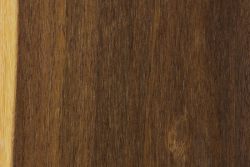
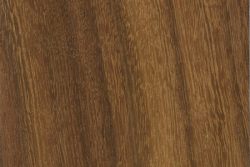



Your right on point with the koaia description.
I’m a certified arborist and I recently salvaged a lot of it. Biggest also I’ve ever seen.
The Janka hardness and weight is remarkable between acacia koa and acacia koaia
I’d be willing to donate you some small pieces to experiment with more. And I know the history, environment conditions etc very well of the salvaged tree.
Regarding Acacia koaia (Koai’e, Koai’a in Hawaiian): I spent 31 years in Hawaii and as a Hawaiian cultural specialist and teacher as well as craftsman I am very familiar with Koai’e. I know of only one protected grove of it on the Big Island there, and the mature trees (those I saw perhaps 25 years ago) are considerably smaller than Acacia koa (Koa) and also very curving or gnarly in the trunk and branch growth. The wood is smooth, hard and tough, so it was used to make canoe paddles for Hawaii’s rough ocean waters with rocky coast, and because… Read more »
I have a pile of Koaia right now.
The biggest I’ve ever seen and been able to fortunately salvage…
Slabs of it actually. 48″ by 30″ by 2.75″ 8 of em and lots more. Aged cured in the round with Spalting. 48″ thru waist high the tree was… Dead already for a decade.
Overcome by the dragon fruit vine a decade earlier after an arborists prune back….